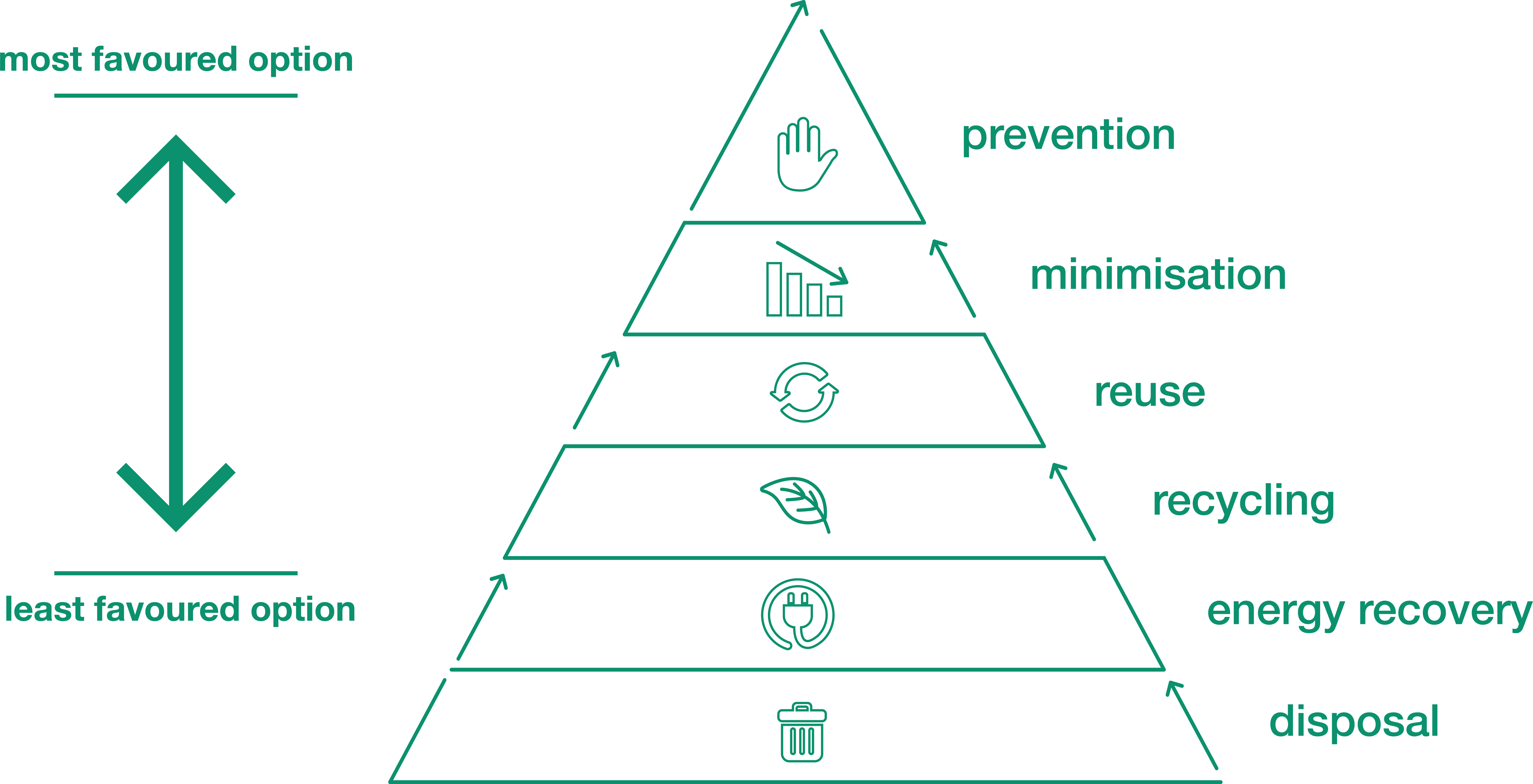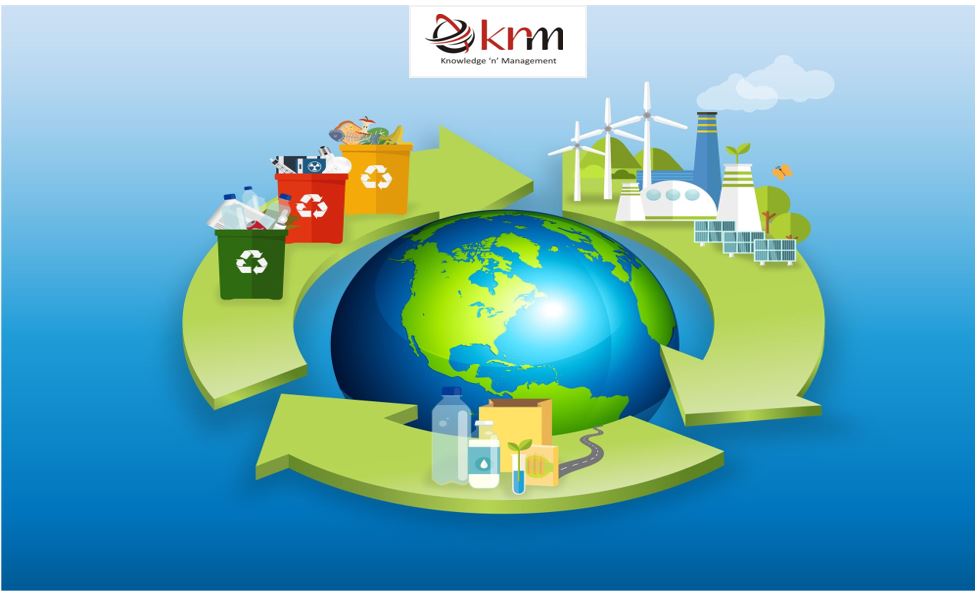Obtain Involved with Recycling Lives Services for a Greener Future
Obtain Involved with Recycling Lives Services for a Greener Future
Blog Article
Exploring Various Kinds Of Waste in Modern Waste Monitoring Systems
The contemporary landscape of waste monitoring entails browsing a complicated array of waste kinds, each requiring specialized handling and disposal techniques to reduce environmental effects. Municipal strong waste, contaminated materials, digital waste, and natural waste each existing distinct difficulties and possibilities for source recovery. Innovative remedies such as wise waste containers and waste-to-energy innovations are emerging as crucial devices in enhancing performance and sustainability. Understanding these waste types is vital for fostering public awareness and encouraging energetic involvement in lasting methods. What strategies can successfully attend to these diverse types of waste while advertising a round economic situation?
Metropolitan Solid Waste
Local strong waste, usually described as family trash or rubbish, incorporates a range of discarded materials generated by household, business, and institutional resources within a town. This waste stream generally consists of items such as product packaging, food scraps, backyard trimmings, paper, plastics, textiles, and discarded house goods. The monitoring of local solid waste is an essential element of city preparation and public health and wellness, necessitating reliable collection, transport, and disposal systems.
Reliable waste administration systems are made to decrease ecological impact while maximizing resource recuperation. Composting natural waste, such as food scraps and lawn trimmings, not just decreases land fill usage however also produces important soil modifications.
Towns must likewise deal with the financial and logistical challenges related to waste monitoring. Executing pay-as-you-throw systems, boosting public awareness, and purchasing innovation can significantly enhance waste diversion rates. By incorporating these methods, districts can promote sustainable neighborhoods, minimize greenhouse gas emissions, and preserve natural deposits.
Contaminated Materials

Effective harmful waste management includes numerous essential actions: identification, partition, therapy, and disposal. Recognition requires the classification of waste based on its harmful properties. Segregation makes sure that unsafe materials are kept independently from non-hazardous waste to prevent cross-contamination. Treatment techniques, such as chemical neutralization, incineration, and stabilization, are utilized to minimize the poisoning, quantity, or movement of the waste. Ultimately, disposal choices, including protected garbage dumps and below ground storage space, are selected to guarantee long-lasting containment.
Regulative frameworks, such as the Source Preservation and Healing Act (RCRA) in the USA, supply guidelines and standards for hazardous waste management. Adherence to these regulations, coupled with developments in waste treatment modern technologies, is crucial in mitigating the threats connected with contaminated materials.
Electronic Waste
Digital waste, typically described as e-waste, represents a swiftly growing obstacle in waste management systems worldwide. This sort of waste incorporates discarded digital devices and tools such as mobile phones, computers, tvs, and other digital home appliances. The rapid speed of technological advancement, combined with reducing product life-spans and consumer need for the current devices, has actually significantly raised the quantity of e-waste generated yearly.
E-waste is particularly bothersome due to its intricate structure, commonly including unsafe substances like mercury, cadmium, and lead, which position substantial environmental and health and wellness threats if not correctly managed. Alternatively, e-waste additionally has important products such as copper, silver, and gold, which can be recouped and reused. The twin nature of e-waste-- both harmful and useful-- requires customized handling, reusing, and disposal procedures.
Reliable e-waste administration involves rigorous regulatory frameworks, robust collection systems, and progressed recycling technologies. Public recognition and engagement are critical, as incorrect disposal practices, such as illegal disposing and informal recycling, exacerbate environmental contamination and carcinogen. Enhancing e-waste monitoring methods is crucial for mitigating ecological influence and recovering valuable resources in a progressively digital world.

Organic Waste
Organic waste, comprising cooking area scraps, yard trimmings, and agricultural residues, stands for a considerable portion of the international waste stream. This sort of waste is naturally degradable, indicating it can be read this article broken down by microorganisms right into simpler organic substances. Regardless of its possibility for all-natural decomposition, incorrect administration of organic waste can cause damaging environmental impacts, consisting of the exhaust of greenhouse gases such as methane, which add to climate adjustment.
Efficient administration of organic waste is crucial for reducing these environmental influences (recycling lives services). Composting is a widely taken on method, changing organic waste right into nutrient-rich garden compost that can enhance soil health and farming productivity. In addition, anaerobic digestion is an arising technology that converts organic waste into biogas, a renewable energy resource, you could look here and digestate, which can be made use of as fertilizer
Municipalities and waste monitoring entities need to implement durable organic waste collection and treatment programs to make the most of the benefits of these procedures. Public education campaigns can also play a critical duty in encouraging houses and services to separate natural waste from various other sorts of waste. By prioritizing the monitoring of organic waste, societies can decrease land fill use, lower greenhouse gas discharges, and produce useful byproducts for agricultural usage.

Cutting-edge Waste Management
In the realm of waste monitoring, innovative methodologies are transforming exactly how societies handle their refuse, intending for sustainability and performance. One famous advancement is the application of clever waste containers equipped with sensors that check fill levels and optimize collection routes.
An additional notable advancement is the fostering of waste-to-energy (WtE) technologies. By transforming non-recyclable waste into useful power with procedures such as incineration and anaerobic digestion, WtE lowers garbage dump worry and supplies a renewable resource source. Moreover, advancements in chemical reusing enable the break down of complex plastics into their original monomers, making it possible for the creation of brand-new, top notch plastic items.
Moreover, the circular economy version is acquiring grip, stressing the style of items and systems that focus on reusability and source efficiency. This alternative approach encourages sectors to reduce waste generation from the start. Through these innovative approaches, contemporary waste management systems are not just dealing with the prompt challenges of waste disposal however additionally leading the means click to find out more for an extra sustainable future.
Final Thought
A detailed understanding of community strong waste, contaminated materials, electronic waste, and natural waste, combined with the implementation of ingenious waste administration solutions, is crucial for reducing environmental impacts. Incorporating technologies such as clever waste bins and waste-to-energy systems can enhance effectiveness and sustainability. Effective waste management approaches not just foster source recuperation yet also promote public awareness and participation, inevitably adding to the development of a circular economic situation.
The modern landscape of waste management includes navigating a complicated range of waste kinds, each requiring specialized handling and disposal approaches to mitigate environmental influences. Local strong waste, unsafe waste, digital waste, and organic waste each existing distinct challenges and opportunities for resource recuperation.Electronic waste, frequently referred to as e-waste, represents a swiftly growing obstacle in waste administration systems globally. Through these innovative strategies, modern waste monitoring systems are not just addressing the immediate obstacles of waste disposal however additionally paving the way for a more lasting future.
A detailed understanding of local strong waste, unsafe waste, electronic waste, and natural waste, coupled with the application of ingenious waste administration services, is crucial for mitigating ecological influences. (recycling lives services)
Report this page